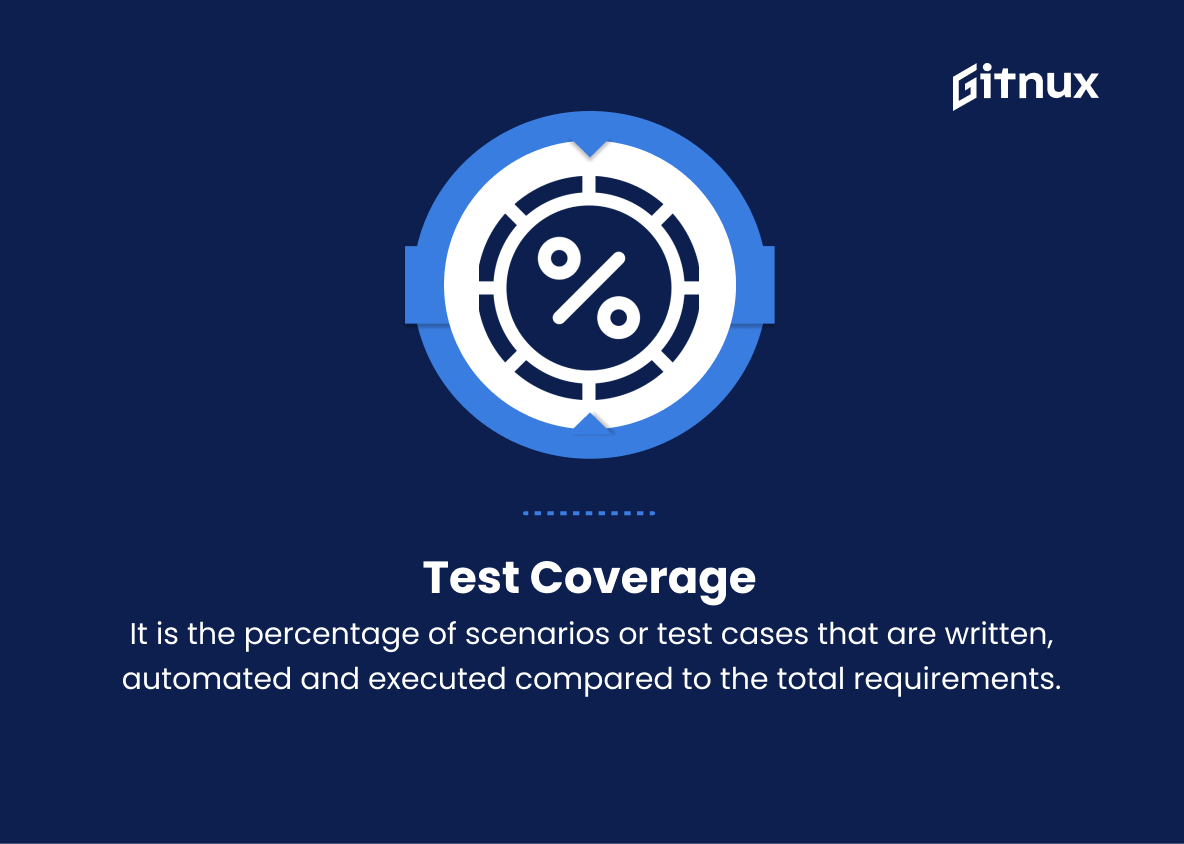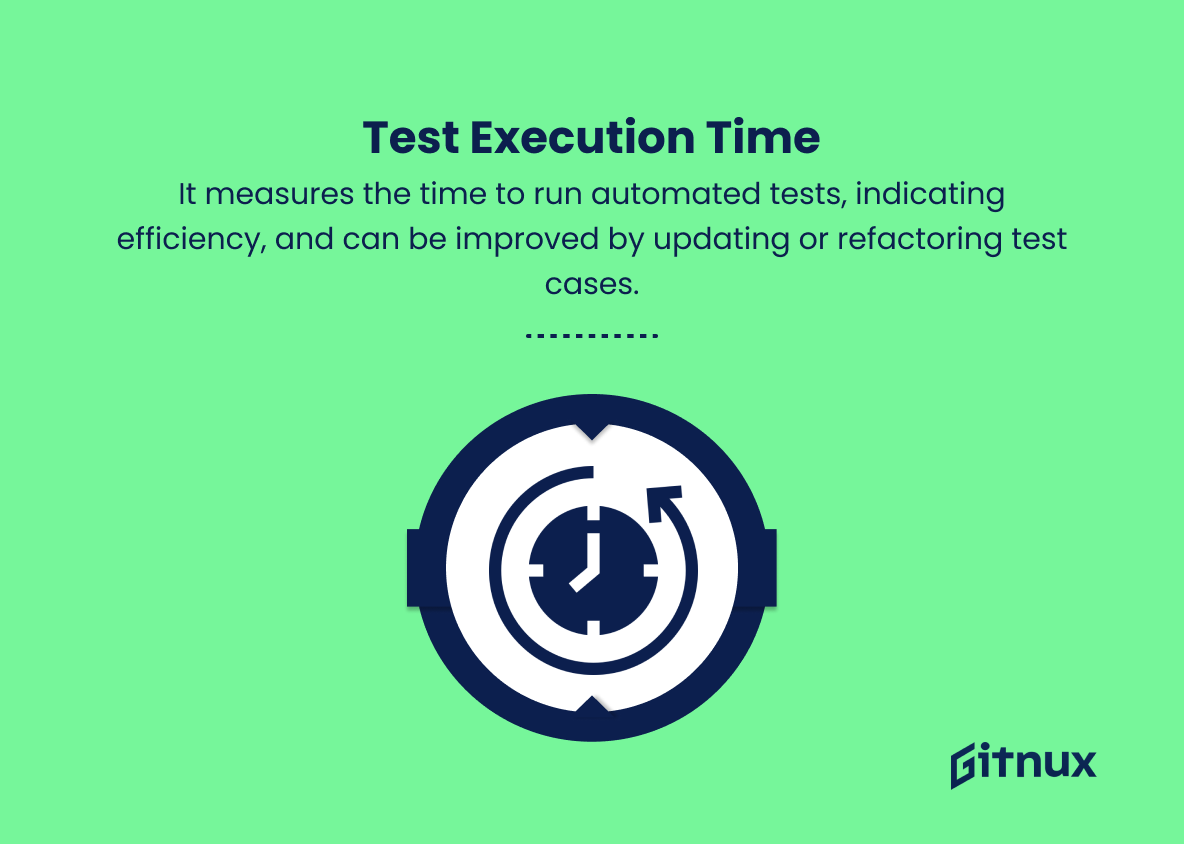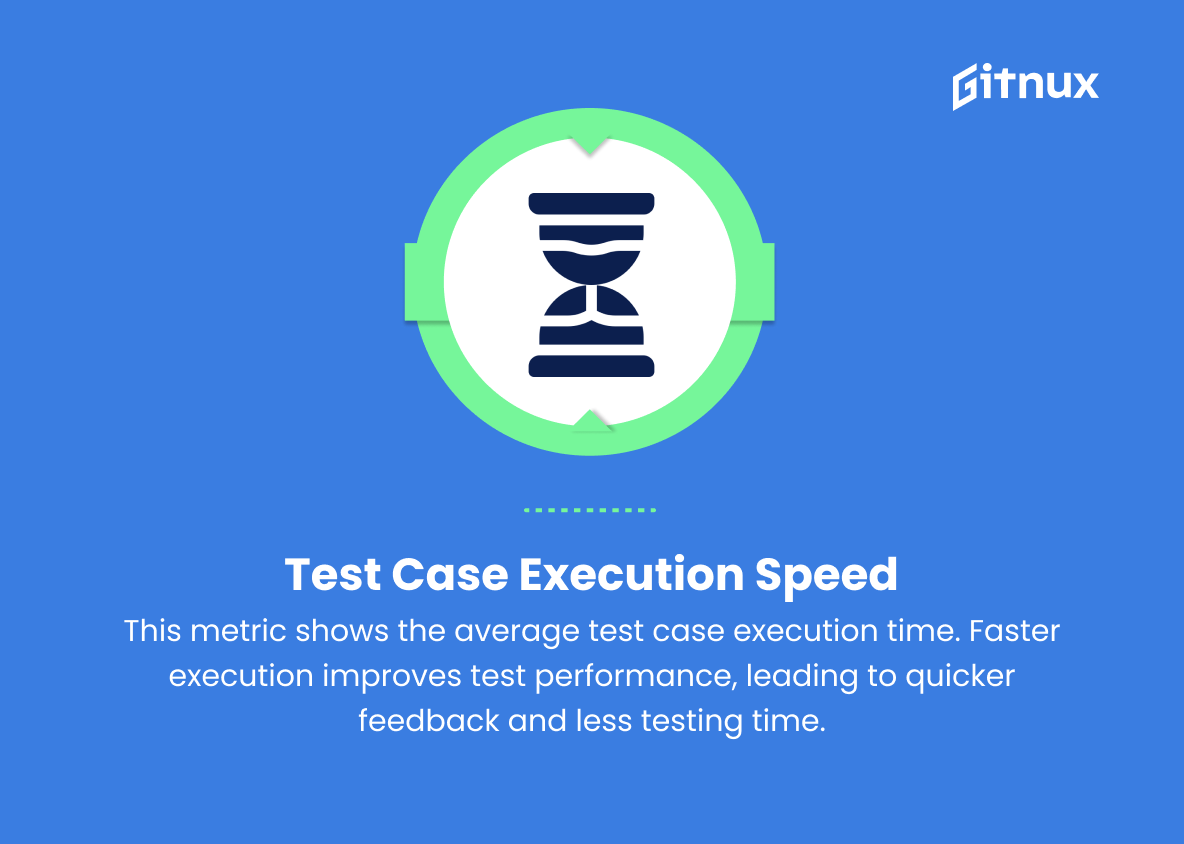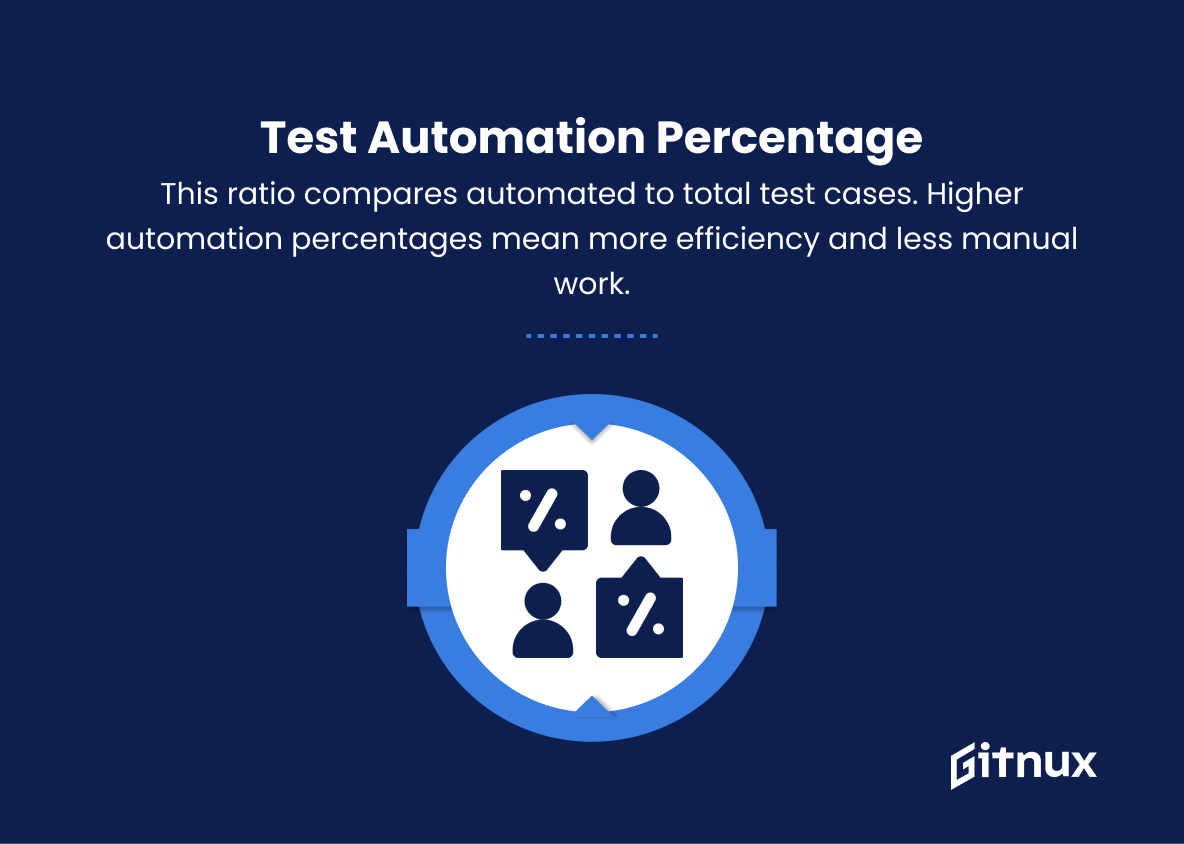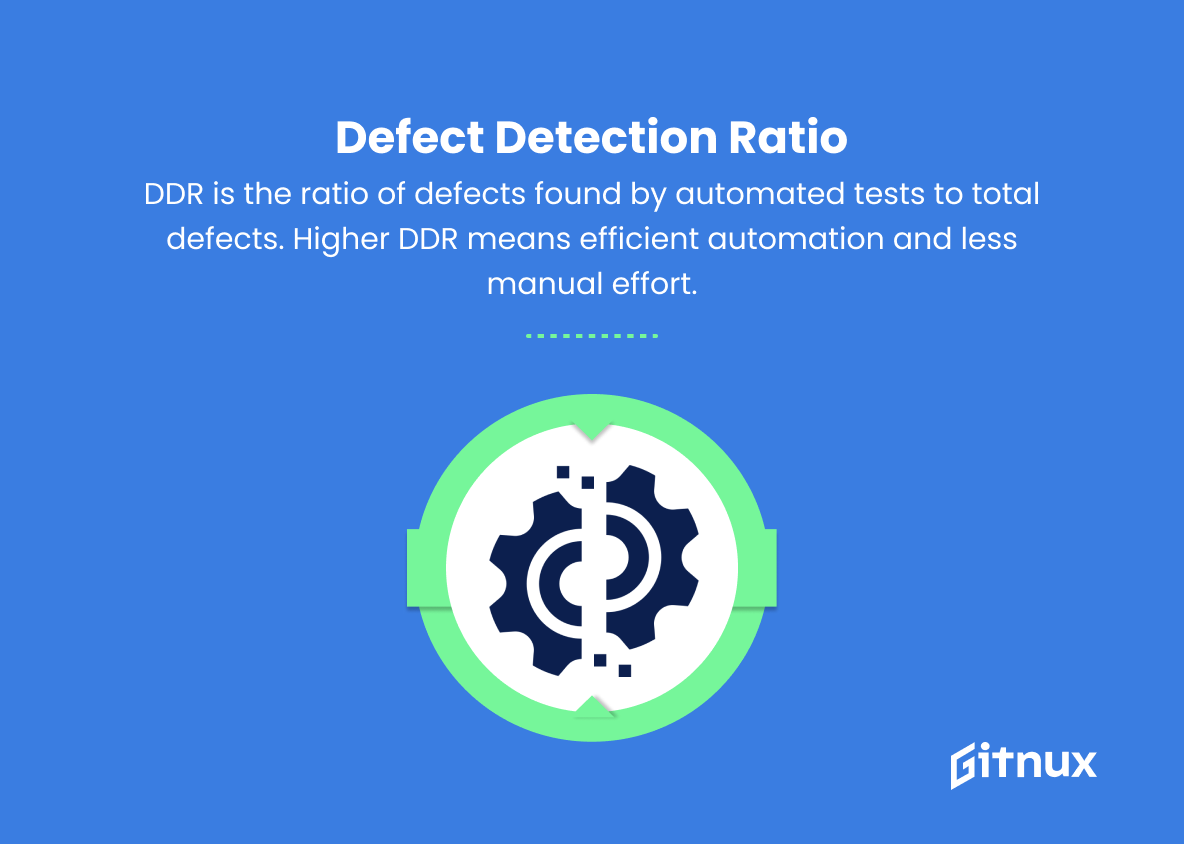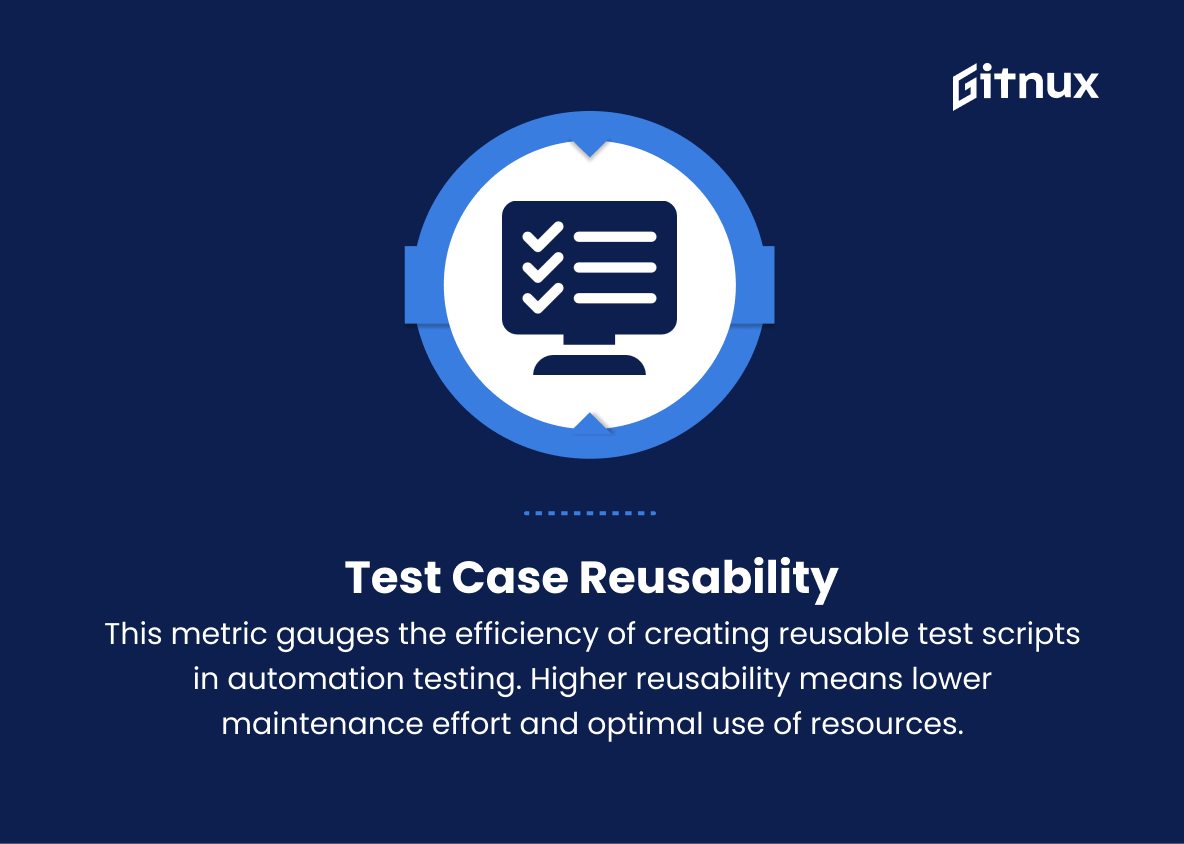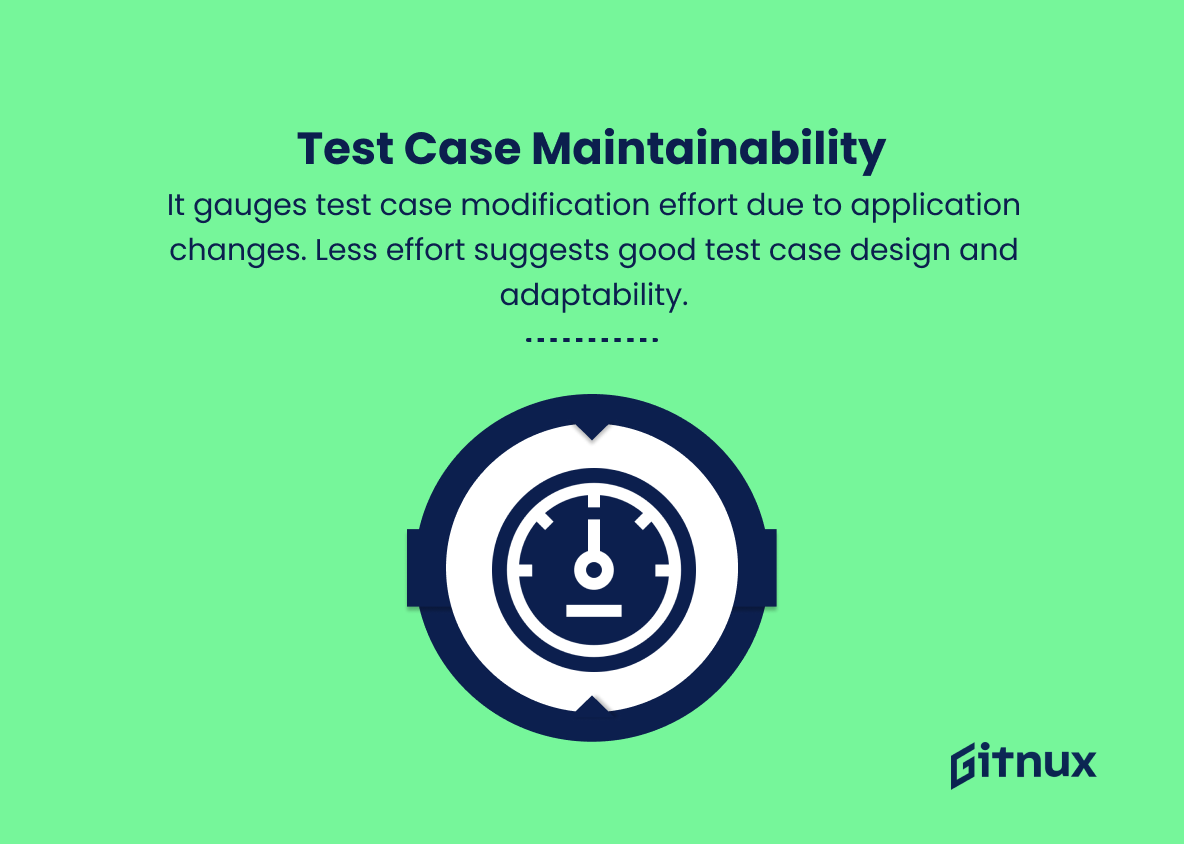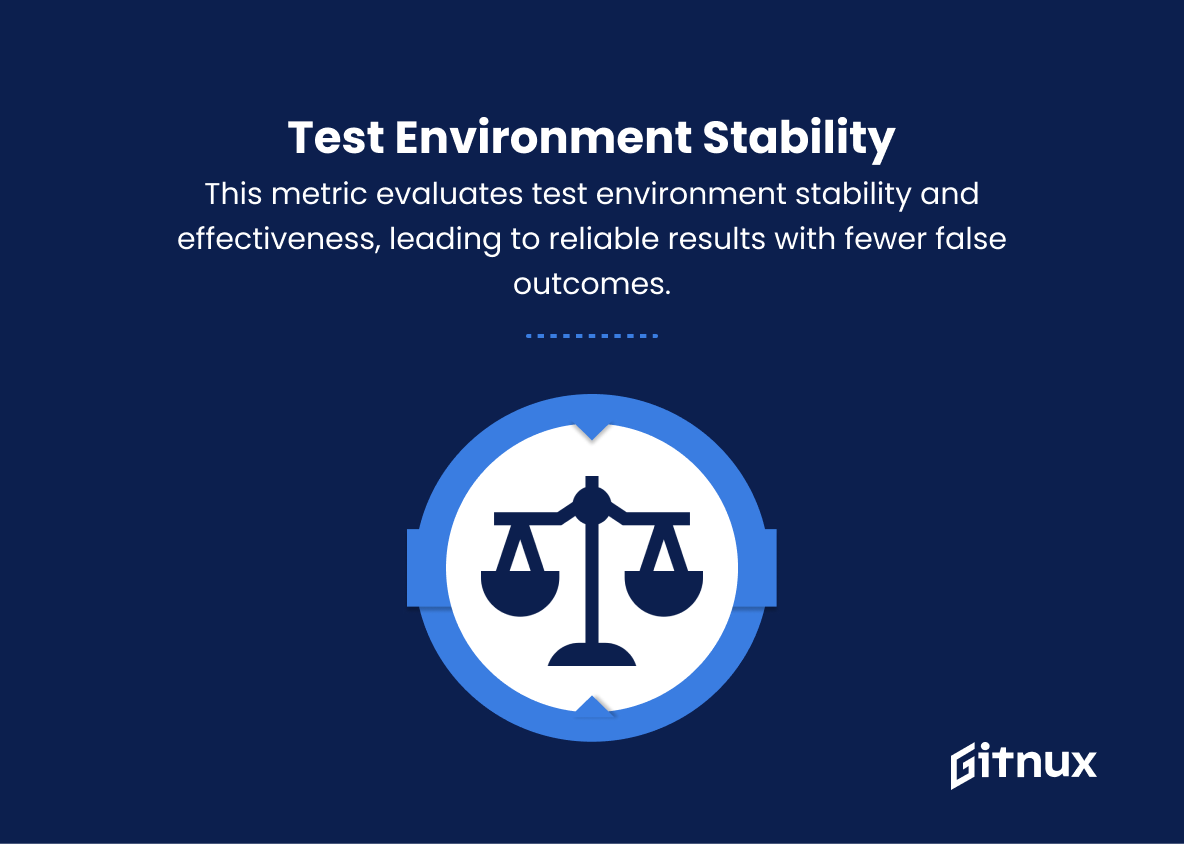In today’s fast-paced technological world, delivering high-quality, bug-free software has become increasingly crucial for businesses to maintain their competitive edge. As a result, many development teams have turned to automation testing to increase efficiency and effectiveness in the software testing process. Automation testing can transform the way companies approach software quality assurance by streamlining repetitive tasks, reducing errors, and ensuring greater consistency in results. However, to gauge the true impact of automation on a software development project, it’s essential for teams to identify, measure, and analyze key automation testing metrics.
In this blog post, we will delve deep into the vital role these metrics play in the optimization of automation processes, the challenges associated with their accurate measurement, and best practices for harnessing these metrics to drive continuous improvement in your software testing endeavors.
Automation Testing Metrics You Should Know
1. Test Coverage
It is the percentage of scenarios or test cases that are written, automated and executed compared to the total requirements. Test coverage ensures that all functionalities are tested.
2. Test Execution Time
It indicates the total time taken to execute a test suite or a group of automated test cases. It helps in measuring the efficiency of automation tests and should be optimized by updating or refactoring the test cases.
3. Test Case Execution Speed
This metric represents the average time taken to execute each test case in the test suite. Lower the execution speed, better is the test performance. Optimizing the execution speed leads to faster feedback and reduces time spent in the testing phase.
4. Test Automation Percentage
It is the ratio of the number of automated test cases to the total number of test cases. A higher percentage of test automation indicates better testing efficiency and reduced manual effort.
5. Defect Leakage
It refers to the number of defects that go undetected by the automated tests and are later identified during manual testing or in the production environment. Lower the defect leakage, higher the efficiency of automation tests.
6. Defect Detection Ratio (DDR)
It is the ratio of the total number of defects detected by automated tests to the total number of defects detected during the testing phase. A higher DDR indicates that automated tests are efficient in detecting defects and reducing manual effort.
7. Test Case Reusability
This metric gauges the efficiency of creating reusable test scripts in automation testing. Higher reusability means lower maintenance effort and optimal use of resources.
8. Test Case Maintainability
It measures the effort required to modify and update existing test cases because of changes in the application. Lower maintenance effort indicates effective test case design and better adaptability.
9. Test Script Failure Rate
It is the percentage of test cases where automated tests fail to execute correctly. A lower test script failure rate indicates a more stable and effective automation framework.
10. Test Environment Stability
This metric assesses the stability and effectiveness of the test environment and infrastructure. A stable test environment results in reliable test results and reduces false negatives or positives.
11. Return on Investment (ROI)
ROI is the measure of the cost savings and the benefits achieved by implementing automation testing compared to the costs of development, maintenance, and resources. A positive ROI indicates a successful automation testing strategy.
Automation Testing Metrics Explained
Test coverage, as a crucial automation testing metric, ensures that all functionalities are thoroughly tested by measuring the percentage of test cases automated and executed against total requirements. By analyzing test execution time, test case execution speed, and test automation percentage, teams can optimize testing efficiency and reduce manual effort. Defect leakage and defect detection ratio metrics help evaluate the ability of automated tests to identify defects, thereby maximizing automation effectiveness.
Test case reusability and maintainability enable optimal resource utilization and adaptability by measuring the ease of creating reusable test scripts and updating test cases, respectively. Test script failure rate and test environment stability allow assessment of automation framework robustness and the reliability of test environments.
Lastly, a positive return on investment (ROI) signals a successful automation testing strategy by comparing the costs of development and maintenance against the benefits achieved through automation. Ultimately, these metrics support the development of a comprehensive and efficient automation testing process.
Conclusion
In summary, automation testing metrics are crucial in evaluating the effectiveness, efficiency, and continuous improvement of an organization’s software testing processes. By monitoring and analyzing these metrics, stakeholders can make informed decisions on resource allocation, test coverage, defect reduction, and overall product quality.
In this ever-evolving technological landscape, keeping a close eye on these metrics will ultimately contribute to a more robust and reliable software, granting businesses a competitive advantage and driving customer satisfaction. So, make sure to give automation testing metrics the attention they deserve, and you’ll be well on your way to achieving software excellence.
